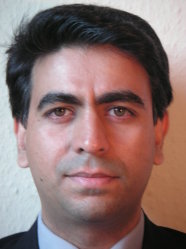BibTex format
@article{Sternberg:2012:10.1016/j.jmb.2012.10.014,
author = {Sternberg, MJE and Tamaddoni-Nezhad, A and Lesk, VI and Kay, E and Hitchen, PG and Cootes, A and van, Alphen LB and Lamoureux, MP and Jarrelle, HC and Rawlings, CJ and Soo, EC and Szymanski, CM and Dell, A and Wren, BW and Muggleton, SH},
doi = {10.1016/j.jmb.2012.10.014},
journal = {Journal of Molecular Biology},
pages = {186--197},
title = {Gene Function Hypotheses for the Campylobacter jejuni Glycome Generated by a Logic-Based Approach},
url = {http://dx.doi.org/10.1016/j.jmb.2012.10.014},
volume = {425},
year = {2012}
}

